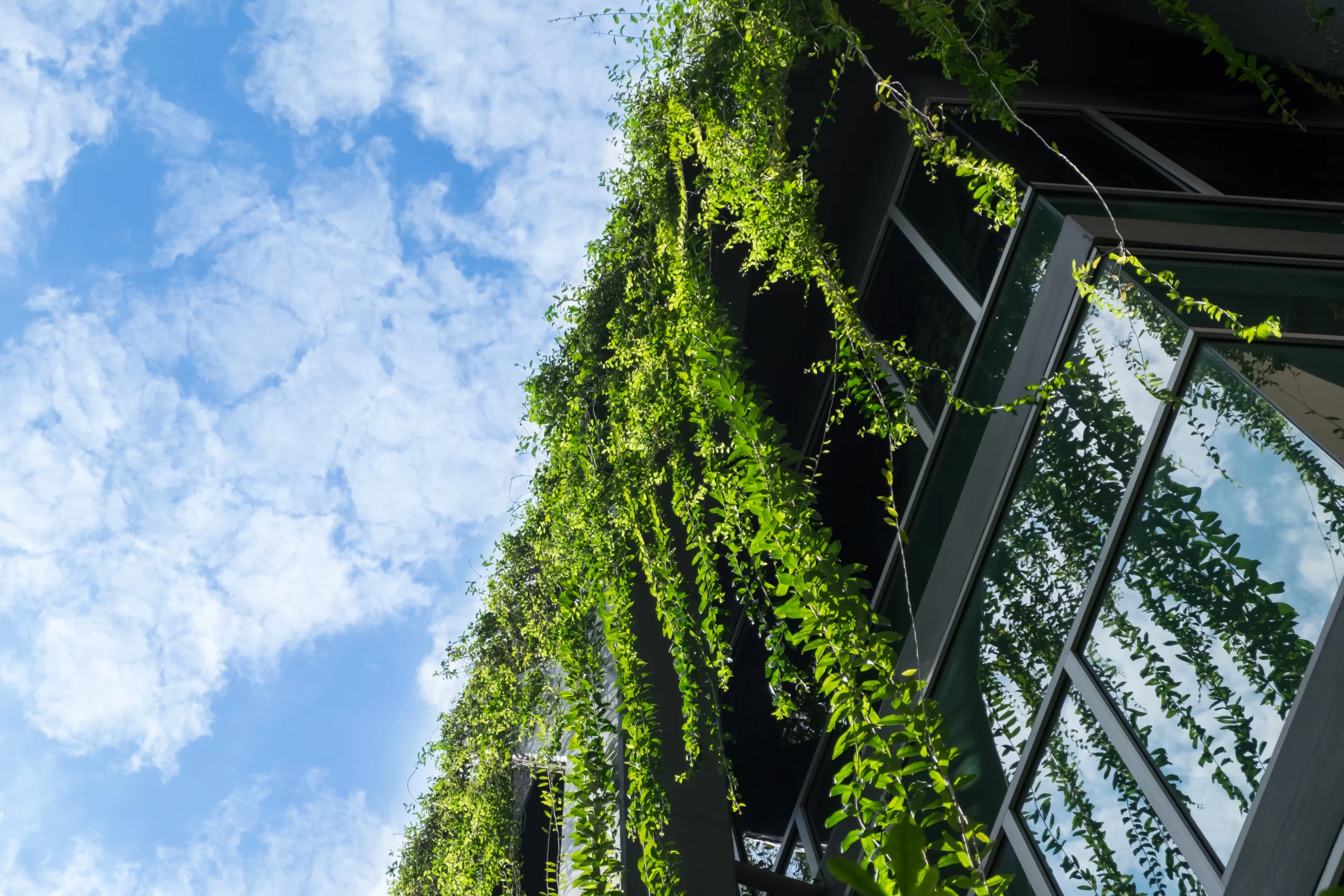is a method of evaluating the total cost of a building or system over its entire life span. It takes into account not only the initial cost of construction or installation, but also the costs of operation, maintenance, and eventual replacement or decommissioning. The goal of LCC is to identify the most cost-effective option in the long term, rather than just the cheapest option initially.
is a method of evaluating the environmental impact of a product, process or service over its entire life cycle. It involves analyzing the environmental impacts of a product or service from the extraction of raw materials, through production, use, and disposal. The goal of LCA is to identify the environmental hotspots of a product or service and to identify opportunities for improvement.
is a method of evaluating the carbon footprint of a product, process or service over its entire life cycle. It includes all the greenhouse gas emissions (GHG) associated with the product or service from the extraction of raw materials, through production, use, and disposal or end-of-life treatment. The goal of WLCC is to identify the carbon emissions hotspots of a product or service and to identify opportunities for improvement.
is a method of measuring the total amount of greenhouse gas (GHG) emissions associated with the production of a product, service or structure. It focuses on the carbon emissions that occur during the production phase, including the extraction, processing, and transportation of materials, as well as the manufacturing and assembly of the product or structure. The goal of embodied carbon calculation is to identify the carbon emissions hotspots and to identify opportunities for reduction.




© 2023, ALL RIGHTS RESERVED